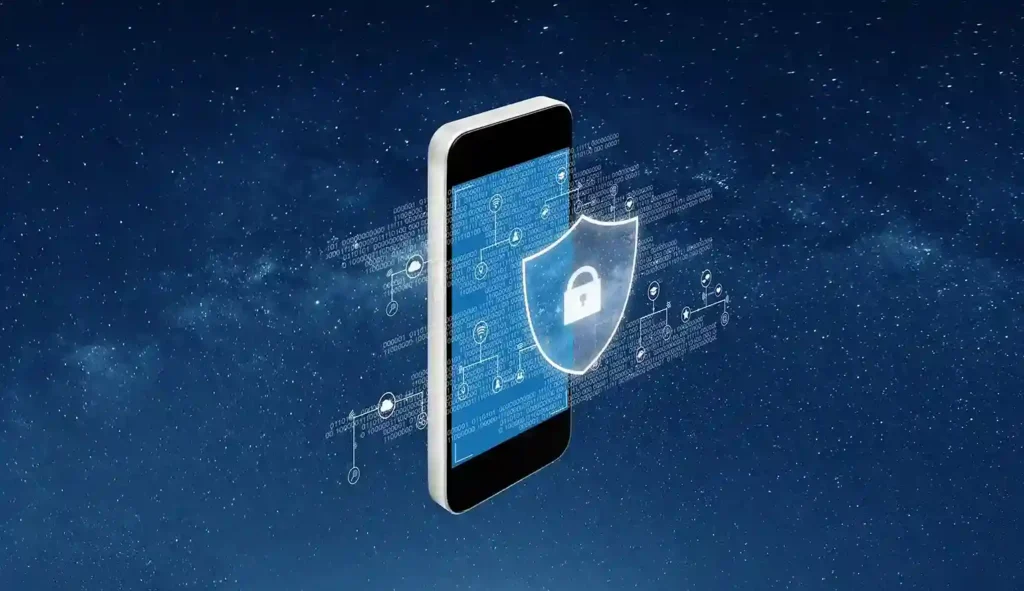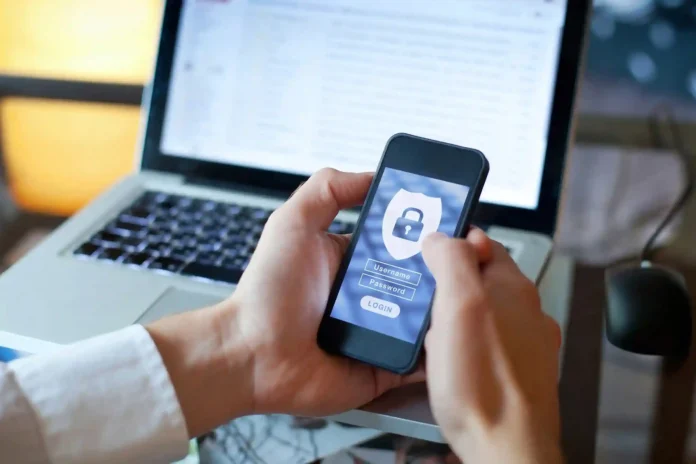Almost everyone carries a minicomputer in their pockets these days, or in other words, their smartphones. These gadgets have become an indispensable part of our daily routines. We use them for everything, such as for staying connected with loved ones, managing our schedules, work purposes, and even handling sensitive tasks like online banking. They’re also crammed with personal stuff, such as photos, messages, and work documents.
But have you ever stopped to think about the potential risks that come with carrying such a wealth of personal information in the palm of your hand? While the use of mobile devices for personal and work purposes has brough convenience, it does come with a risk. In fact, mobile devices are prime targets for cyber criminals and hackers and they’re constantly looking for ways to gain unauthorized access to your data, steal your identity, or wreak havoc on your digital life.
But don’t worry as there are practical strategies you can implement to fortify your mobile device’s security. So, keep reading to discover how to lock down your device and keep your data safe.
Invest in Advanced Security Measures
Are you currently using your company’s mobile device? Or perhaps you’re a business owner who’s provided your employees company phones for work purposes. For businesses with a fleet of mobile devices, they may require more robust security measures. One such solution is managed mobility services, which provide comprehensive management and protection for corporate mobile devices.
Managed mobility services offer a centralized platform for IT teams to secure, monitor, and manage mobile devices across the organization. These services typically include features like remote device management, mobile device management (MDM), mobile application management (MAM), and mobile content management (MCM).
With mobile device security management, IT administrators can remotely configure devices, enforce security policies, and even remote wipe data from lost or stolen devices, minimizing the risk of data breaches.
Lock It Down Tight
Think of your phone’s security settings as the gatekeepers to your digital kingdom. The first line of defense is a strong lock screen. Don’t settle for a simple swipe pattern as that’s like leaving your door unlocked with a sticky note saying “Welcome!” Instead, opt for a complex password or PIN. While remembering a long string of characters can be a pain, but that’s where password managers come in. These handy apps securely store your login credentials for all your accounts, eliminating the need to remember multiple passwords.
Many phones also offer biometric authentication options like fingerprint scanners or facial recognition. While convenient, it’s important to remember they might not be foolproof. Consider these features as an extra layer of security, but don’t rely solely on them. A strong password or PIN is still essential.

Download Apps Wisely
Think of mobile apps as potential guests entering your phone. You wouldn’t invite strangers into your home, would you? The same principle applies to mobile apps. Resist the urge to download everything that catches your eye. Stick to official app stores like Google Play or the App Store. These platforms have stricter security measures in place to weed out malicious apps.
Furthermore, before downloading, read reviews and check the developer’s credentials. Does the app require access to permissions that seem unnecessary? If so, it might be a red flag.
Beware of Public Wi-Fi and Phishing
Public Wi-Fi networks are convenient, but they’re often unsecure. Hackers can easily lurk on these networks, waiting to snatch your data as you browse. If you absolutely must use public Wifi, consider using a virtual private network (VPN). A VPN encrypts your internet traffic, making it unreadable to anyone snooping on the network.
Phishing attacks are another common security risks. These deceptive emails or text messages try to trick you into revealing personal information or clicking on suspicious links and malicious software. Be cautious about any message that urges you to take immediate action or seems too good to be true. Don’t click on suspicious links, and always verify the sender’s identity before opening attachments.
Keep Your Software Updated
Those constant software update notifications might feel like nagging reminders, but they’re crucial for maintaining your mobile security. Updates often include security patches that fix vulnerabilities hackers could exploit. So, make it a habit to install updates as soon as they become available. You can also enable automatic updates to simplify this process and ensure you’re always using the latest and most secure software available.
Enable Two-Factor Authentication
Two-factor authentication (2FA) adds an extra layer of security by requiring a second form of verification, such as a one-time code sent to your phone or email, in addition to your passcode. This makes it much harder for any individual to access your accounts, even if they manage to obtain your password.
Back Up Your Data Regularly
No matter how secure your device is, there’s always a risk of data loss due to theft, hardware failure, or other unforeseen circumstances. Regularly backing up your data to a secure cloud service or external storage device can ensure you don’t lose valuable information in case of an emergency. Many cloud storage services also offer automatic backups, taking the burden off your shoulders.
Bottomline
Securing your mobile device is a continuous process that requires diligence and proactive measures. By following these strategies, you can transform your phone from a vulnerable target into a secure haven for your data. Remember, security doesn’t have to be a chore. So go forth, explore the digital world, and rest assured that your data is protected.



































